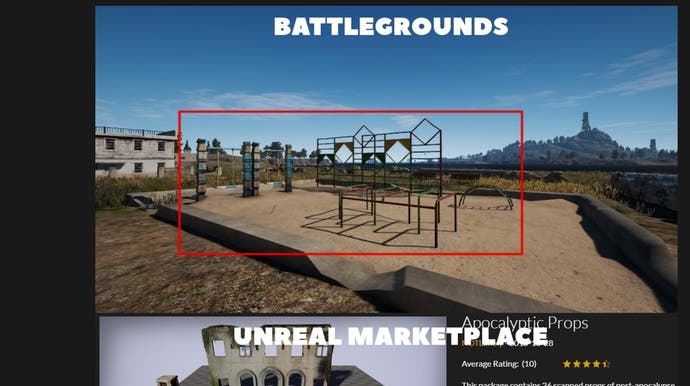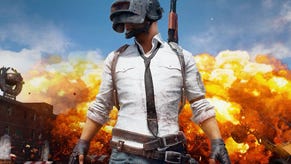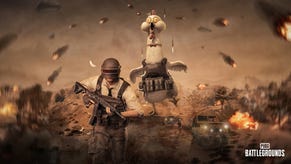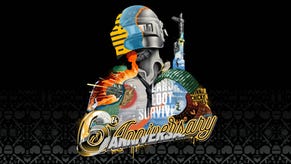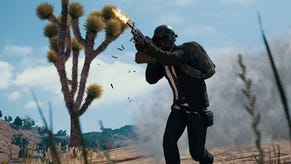PUBG developer debunks accusation maps are "asset flips"
"Misinformation" and "oversimplified tales".
The developer of PlayerUnknown's Battlegrounds has debunked what it calls "misinformation" and "oversimplified tales" about the way the game is developed.
The criticism here revolves around the re-use of certain assets across PUBG's maps, and the buying of pre-made assets from the Unreal marketplace. Posts like the one below occasionally pop up on the PUBG subreddit, alongside the accusation that the vast majority of the game's maps were bought-in. Some even accuse PUBG of being an "asset flip" game.
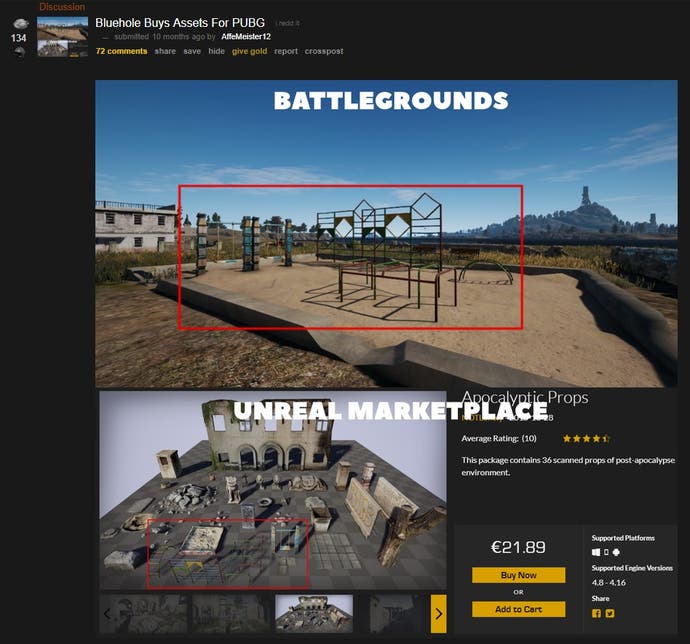
This debate kicked off again this week after PUBG creator Brendan "PlayerUnknown" Greene expressed his frustration at the "asset flip" jibe in an interview with Geoff Keighley at E3, saying it "kills me a little inside".
Now, PUBG Corp. has stepped in, in a bid to help players understand the realities of game development.
"For some time, there's been a rumour that all of PUBG's maps are either outsourced or entirely built using store-bought assets," PUBG Corp. communications lead Ryan Rigney wrote in a post on the PUBG subreddit. Rigney went on to explain how the development team did "lean on" asset store work as it was starting up ahead of PUBG's launch in December 2017.
"That's the only way you can spin up a game fast, and for a reasonable price, to quickly find the fun," Rigney said.
"Hiring an art team of 40 people to 'try a game' and 'see if it's fun' is simply not a smart way to work - this is what the asset store is for! It's a great resource for teams that want to work smart."
Rigney said PUBG's first map, Erangel, was a combination of in-house work done at the company's headquarters in Korea, some direct purchasing of assets, and outsourced artwork from a team in the American midwest. "Basically, a few Americans built the Military Base on Erangel," Rigney revealed.
PUBG Corp. then decided to create a studio in Madison, Wisconsin as an in-house art team. Miramar, PUBG's second map, came about as a result of collaboration between this new Madison art team and the Korean team in Seoul. This process involved ress reliance on store-bought assets, but they were still used "because it just doesn't make sense to build everything in the game world yourself". Some assets from Erangel were re-used in Miramar, too.
To help explain the point, Rigney quoted one of PUBG's lead artists:
"Why should one of my artists spend two weeks on a generic sculpt if they could instead spend that two weeks adding real value for players elsewhere? How many times should a telephone booth be modeled? How many times do we gotta sculpt a cash register?"
Rigney also said the majority of external assets are adjusted by PUBG Corp.'s artists for visuals and optimisation / performance.
"Because we're steadily investing more and more in building our internal art teams (along with lots of other teams), Miramar used fewer external assets than Erangel, and Sanhok used fewer still," Rigney said.
"Our fourth map, the one coming out this winter, uses fewer still, but if we're smart it'll almost certainly still involve some mix of assets from different sources. This is a good thing. These sorts of issues are pretty much always more complicated than the reddit meme version of the story ("hehe XD asset flip") so keep that in mind whenever you see someone telling oversimplified tales."
So there you have it. PUBG's maps are made up of a combination of outsourced and bought-in assets, as well as assets created in-house.
